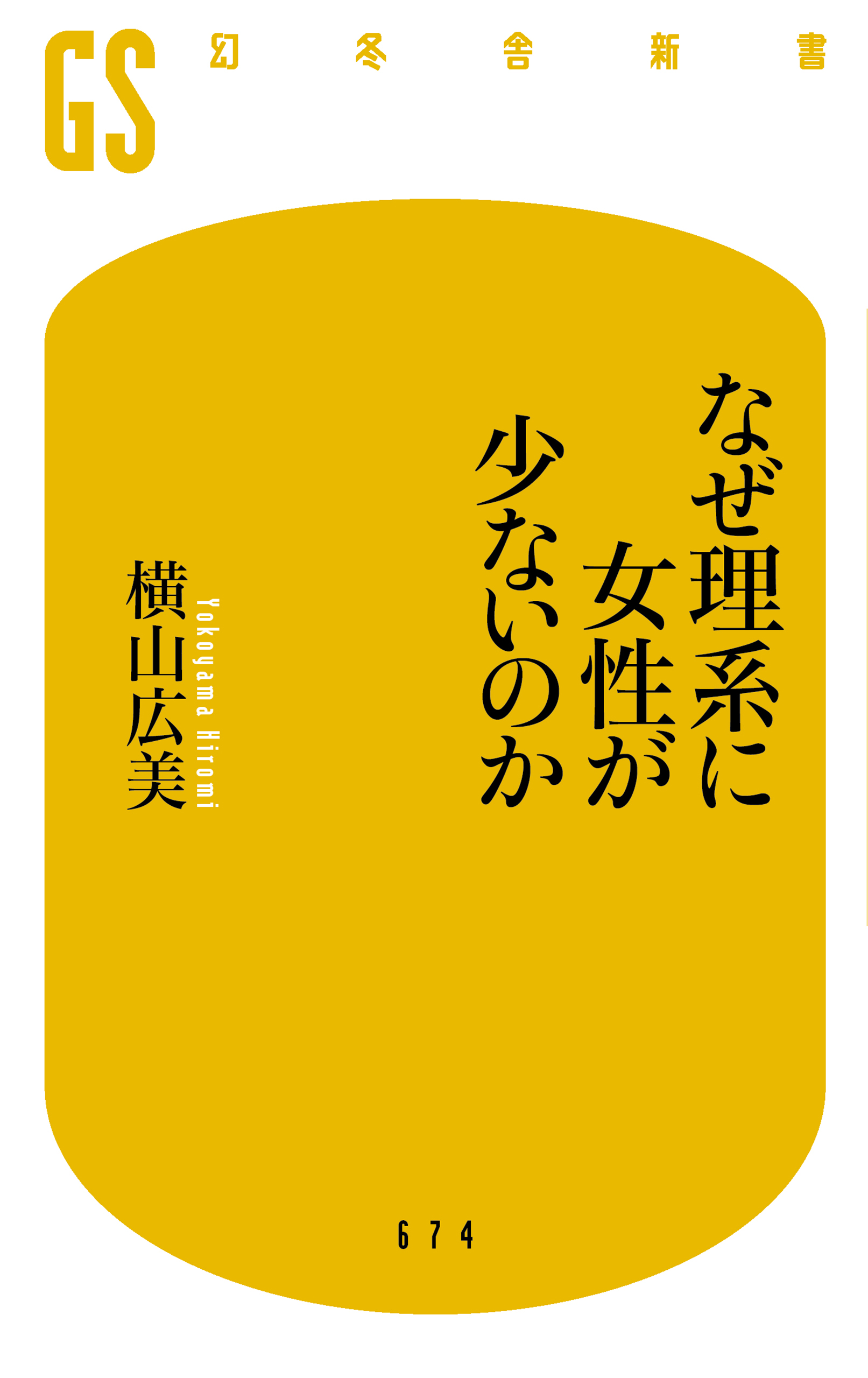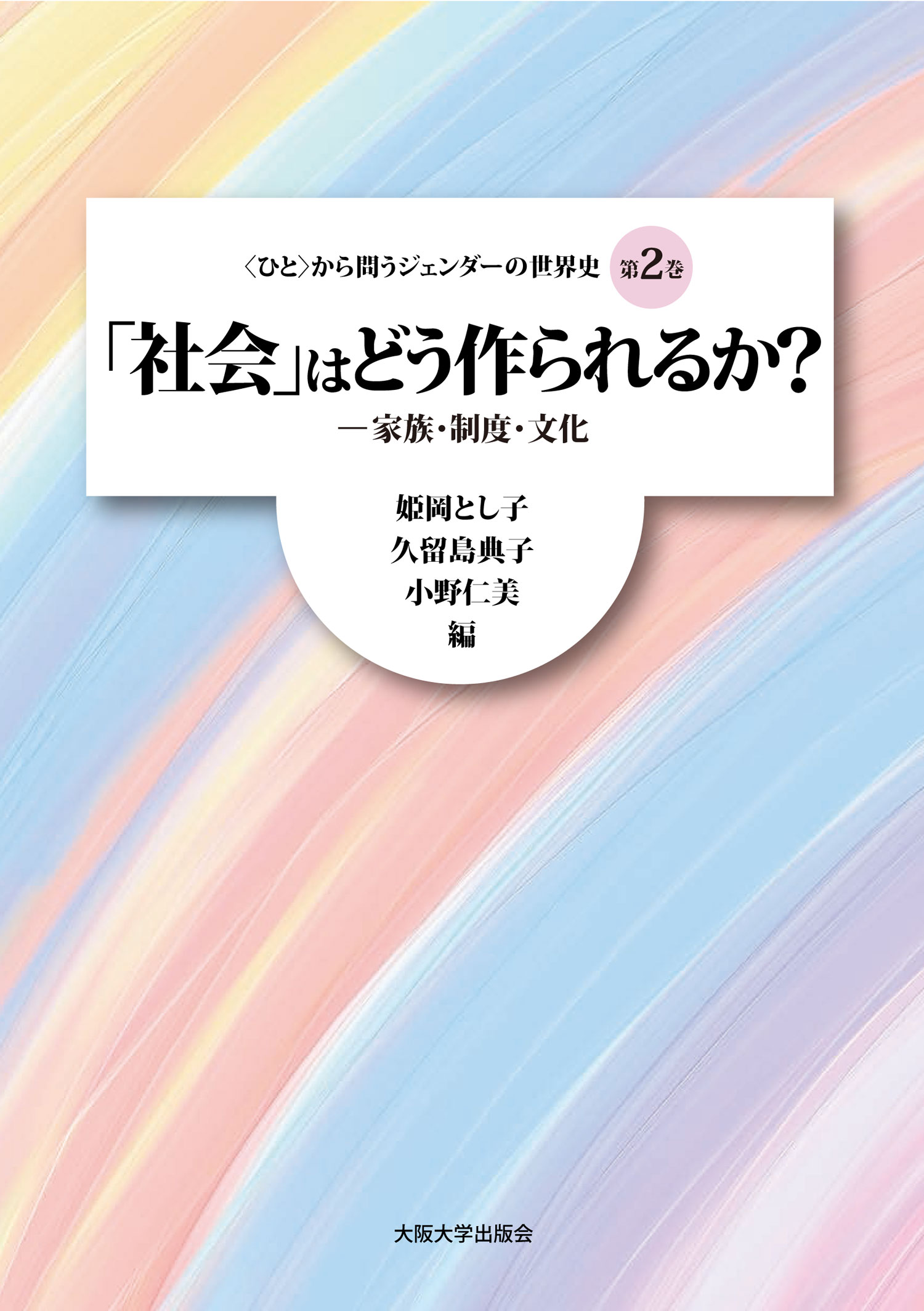
Title
Gentosha Shinsho 674 Naze rikei ni josei wa sukunainoka (Why are there so few women in science and technology?)
Size
224 pages, paperback pocket edition
Language
Japanese
Released
November 30, 2022
ISBN
9784344986763
Published by
Gentosha Inc.
Book Info
See Book Availability at Library
Japanese Page
Japan has the lowest rate of female science students among OECD countries. On the other hand, female students' science and mathematics grades are very high compared to international standards. Why do talented female students not choose science? How does the imprinting that science is for boys and humanities is for girls occur? This book is a book in which the author and six other researchers discuss these simple questions from the perspective of Japan's gender equality and image, a social climate that has not been studied until now. Each chapter introduces the authors' papers. How strong is the image that nursing is for women and mechanical engineering is for men? How does parental bias affect female students' academic advancement? The book introduces issues that are familiar to readers with concrete data.
The authors are a team specializing in science and technology sociology, science education, educational economics, science communication, and diversity research that questions the relationship between science and society, and they focused on the social atmosphere, or "social climate," which has not received much attention until now. Unfortunately, Japan has a very bad gender gap index. There is still a high probability of encountering various discriminatory things in daily life. Therefore, the team tackled this issue with their own unique measurements, such as whether the gender equality consciousness of female students and parents is related to female students' advancement to science, which has not received much attention in research on women in science, and the extent to which society has a male image of science. For example, the lower the gender equality consciousness, the stronger the image of nursing as a female, and the less likely female students are to advance to science. Also, the stronger the daughter's mother's stereotype of mathematics, the less likely she is to advance to science. This data was collected and presented.
Please pay particular attention to the fact that the cause was identified to some extent and a test was conducted to improve it. The team discovered that the male image of subjects such as mathematics and physics, which are essential for admission to engineering schools, affects the image of employment, the incorrect stereotype that men are better at mathematics than women (mathematics stereotype), and the assumption that excellence is a male thing. Therefore, by providing actual factual data that refutes these items, it was confirmed that both male and female junior high school students became more interested in advancing to science.
In many cases, women are opposed to advancing to science even if they want to. Furthermore, securing human resources in science and engineering is a major theme in human resource development in each country. The situation of a small number of women in science and engineering is a phenomenon seen all over the world, and although various efforts are being made in developed countries, the situation has not improved much. I hope that while sharing this major social issue, we can also enjoy the joy of approaching a big mystery step by step with data, and think about this problem together.
(Written by YOKOYAMA Hiromi, Professor, Kavli Institute for the Physics and Mathematics of the Universe / 2025)
Table of Contents
Chapter 1: Japan's ratio of women in science and engineering is the lowest in the OECD
Chapter 2: What is the image of "the abilities required for mathematics and physics"?
Chapter 3: Are gender differences due to nature or environmental factors?
Chapter 4: There is a gender image in academic fields
Chapter 5: Keywords associated with academic fields
Chapter 6: Do you start to dislike physics in junior high school?
Chapter 7: The relationship between gender equality awareness and entering a science and engineering department
Chapter 8: How do parental biases affect things?
Chapter 9: How are the masculine images of mathematics and physics created?
Chapter 10: What kind of information will break down the barriers?
Related Info
Society, No.84: Why Are There So Few Women in Science? (Discuss Japan Oct, 7, 2024)
https://www.japanpolicyforum.jp/society/pt2024100712001714676.html
Forum:
Gender equality—Universities as a catalyst for change (Asahi World Forum 2024 Oct 24 -31, 2024)
https://www.asahi.com/eco/awf/en/program/#day7
NORDIC TALKS JAPAN: Women in Science Breaking through the Glass Ceiling (Nordic Innovation House March 6th, 2024)
https://www.nordicinnovationhouse.com/tokyo/nordic-talks-japan/women-in-science-breaking-through-the-glass-ceiling-



 Find a book
Find a book


